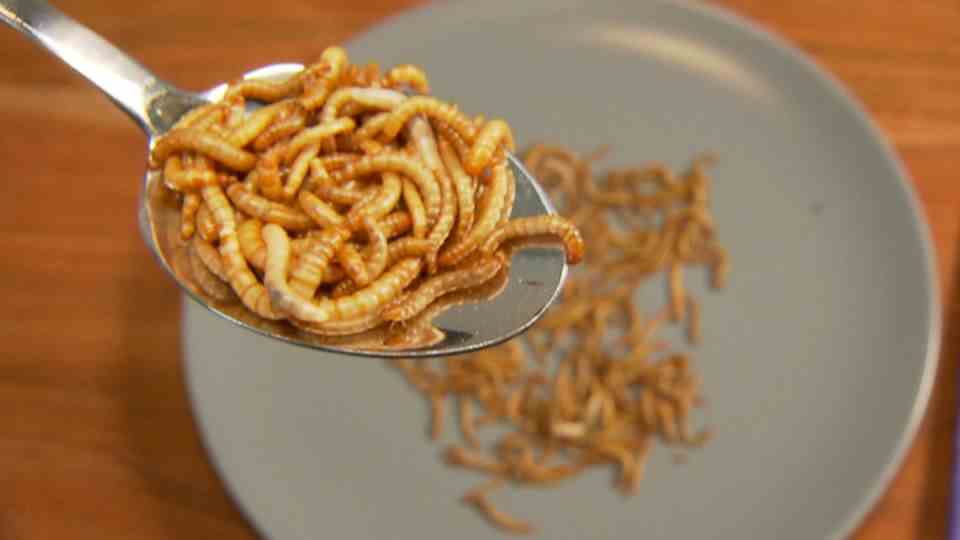Imperfect Separation
US scientists back down: Why it’s impossible to share Oreo cookies fairly
The whole problem in one picture: One side of the cookie gets more and more cream when it is separated.
© Richard Tsong-Taatarii / Picture Alliance
Biscuits at the top and bottom, with a cream in between: Oreo biscuits are actually perfect for sharing. In fact. Only an equal division never succeeds. US scientists have now got to the bottom of the biscuit’s stubbornness.
Moses divided the sea and oreologists are already failing to divide the biscuit evenly. It seems much more a thing of (physical) impossibility. There is always more cream sticking to one side of the cookie than to the other. A research team from the Massachusetts Institute of Technology (MIT) has investigated the secret of the imperfect Oreo biscuit division – and has developed an oreometer for it. A device of the highest art of engineering, which is supposed to unroll the double biscuit more precisely than any hand and thus ensure the perfect distribution of the cream. The associated study has now been published in the scientific journal “Physics of Fluids”.
Behind the experiment is mechanical engineer Crystal Owens, whose urge to explore cookies dates back to childhood. “When I was little, I tried to rotate the waffles so the cream was evenly distributed on both waffles – which I think tastes a lot better than one waffle with a lot of cream and one with almost none,” Ars Technica quoted as saying ” the researcher. But the cream was sticking more and more on one side. Does the division work better with a machine?
A device for the perfect Oreo split
The research team around Owens got to work, built a device, the Oreometer – a measuring device specially adapted to the biscuit – and from then on searched for the optimal torque. To do this, the biscuit was stretched between two rotating plates. The trick: If the biscuit parts move, the filling inevitably moves too. But the attempt by the oreologists, as the scientists jokingly call themselves, to achieve a perfect distribution of the cream with the machine was unsuccessful.
“Sadly, we learned that even with a perfect spin of an Oreo, the cream almost always lands on one of the two cones,” says the researcher—regardless of the variety, amount of cream, and spin speed. The process can be explained using one word: delamination. In other words, the detachment of two different materials, here biscuit and cream, from each other. And if the optimal division does succeed perfectly, according to the study, it is not due to the special skill of the hand doing it, but to the adhesion of the cream to the biscuit, which in turn is related to the production and storage.

But what exactly influences the adhesion of the cream on a biscuit side is still unclear. Does the temperature of the cookie matter? Or moisture? Further studies are required for this. For those who are not satisfied with these results: The oreometer allows everyone to carry out their own measurements, according to Owens. Anyone “with access to a 3D printer”. Maybe the “fair division” will work with prince’s roll, Hanuta or sandwich ice cream.
And the fair division is not entirely impossible: you could simply cut the biscuit into two equal parts. But who wants that?!
Source: American Institute of Physics, Ars Technica


